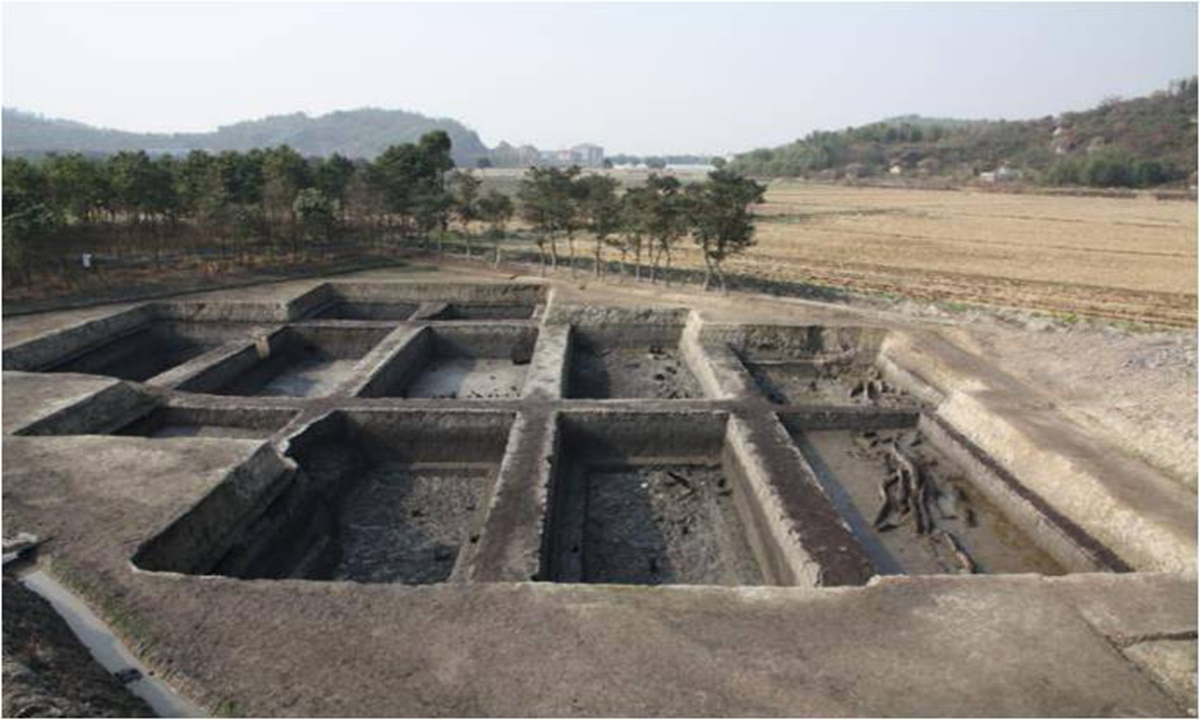
The Shi'ao site in Yuyao, East China's Zhejiang Province Photo: Courtesy of China's National Cultural Heritage Administration
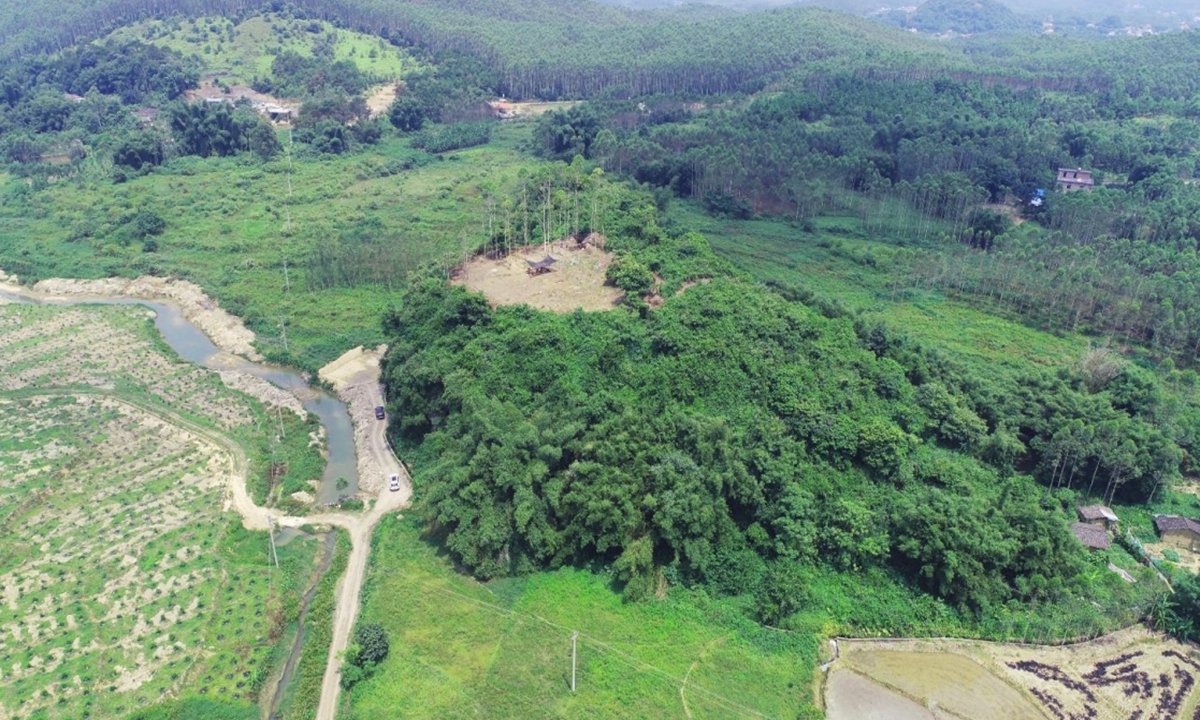
The Yanshanzhai site in Yingde, South China's Guangdong Province Photo: Courtesy of China's National Cultural Heritage Administration
The Nanzuo site in Qingyang, Northwest China's Gansu Province is a large-scale settlement site of the Yangshao culture (5,000-3,000 BC), a Neolithic culture from the middle reaches of the Yellow River about 5,200 to 4,600 years ago. The site is an important reference for the study into the origin and development of civilization in the Yellow River Basin, and a major breakthrough in the study of the history and origin of China's 5,000 years of civilization.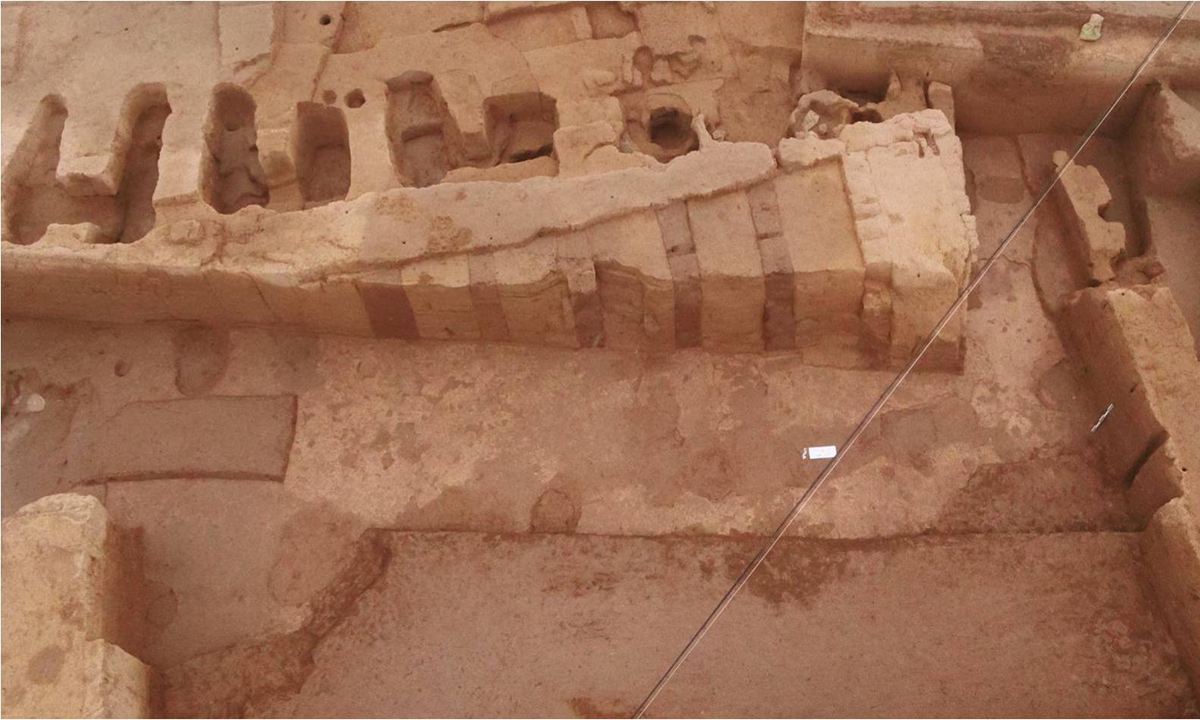
The Nanzuo site in Qingyang, Northwest China's Gansu Province Photo: Courtesy of China's National Cultural Heritage Administration
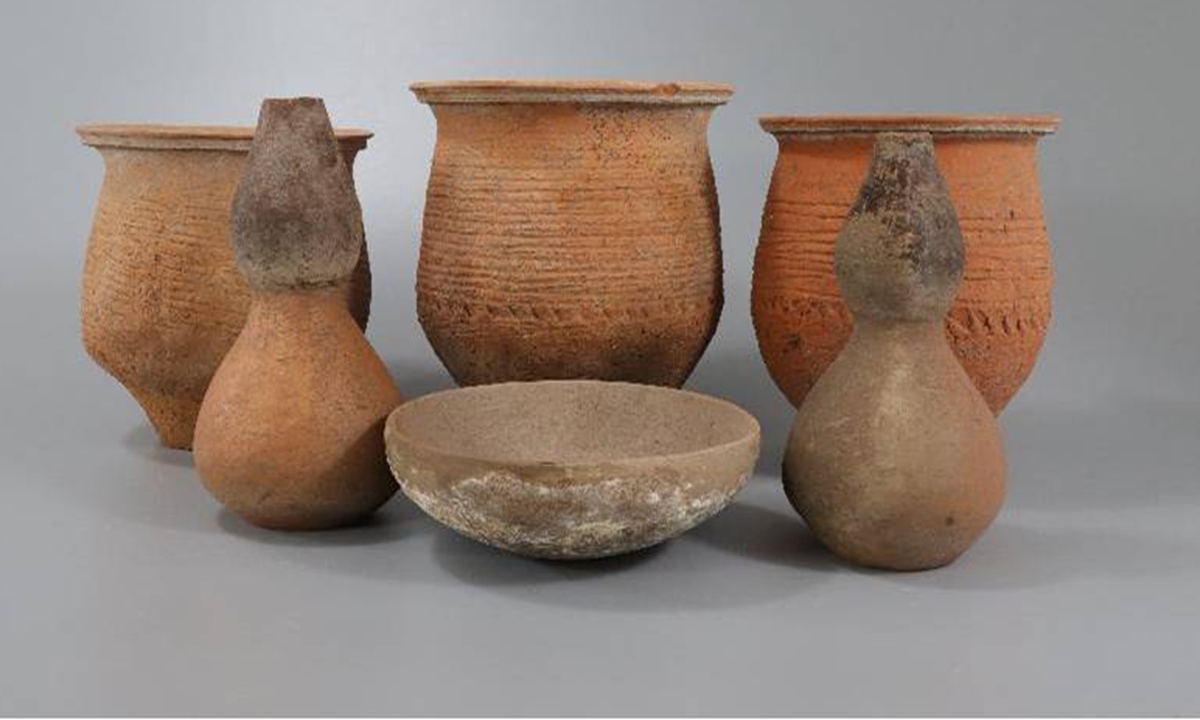
The relics unearthed from the Gedachuan site in Zhangjiachuan, Gansu Province Photo: Courtesy of China's National Cultural Heritage Administration
The Dengcaogouliang site in Zhangjiakou, North China's Hebei Province dates to 8,000 to 4,000 years ago. Located in the transitional zone between the nomadic culture of northern China and the farming culture of the Central Plains, the site was an important channel for cultural exchanges between the Bohai Sea in the east and the inland culture of the west. Four different stages of archaeological and cultural relics have been discovered here, which proves that this region has been an important area of multi-ethnic and multi-cultural integration since ancient times, and provides valuable information for exploring the process of pluralism and integration in northern China.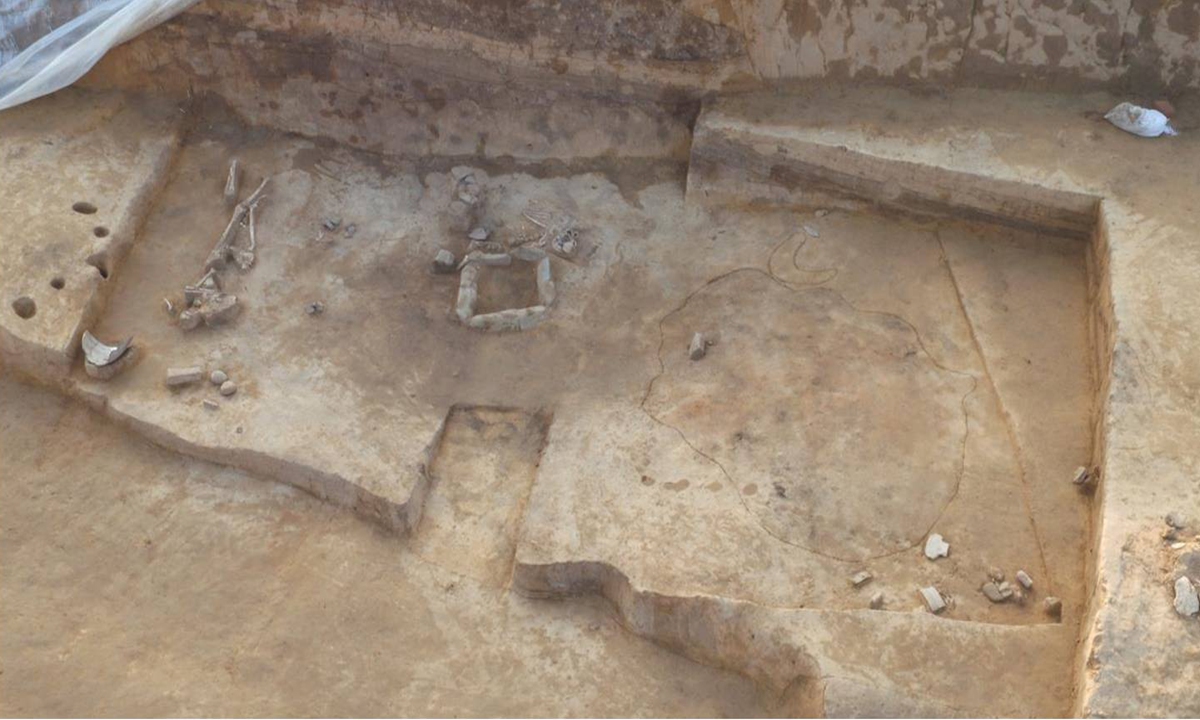
The Dengcaogouliang site in Zhangjiakou, North China's Hebei Province Photo: Courtesy of China's National Cultural Heritage Administration



